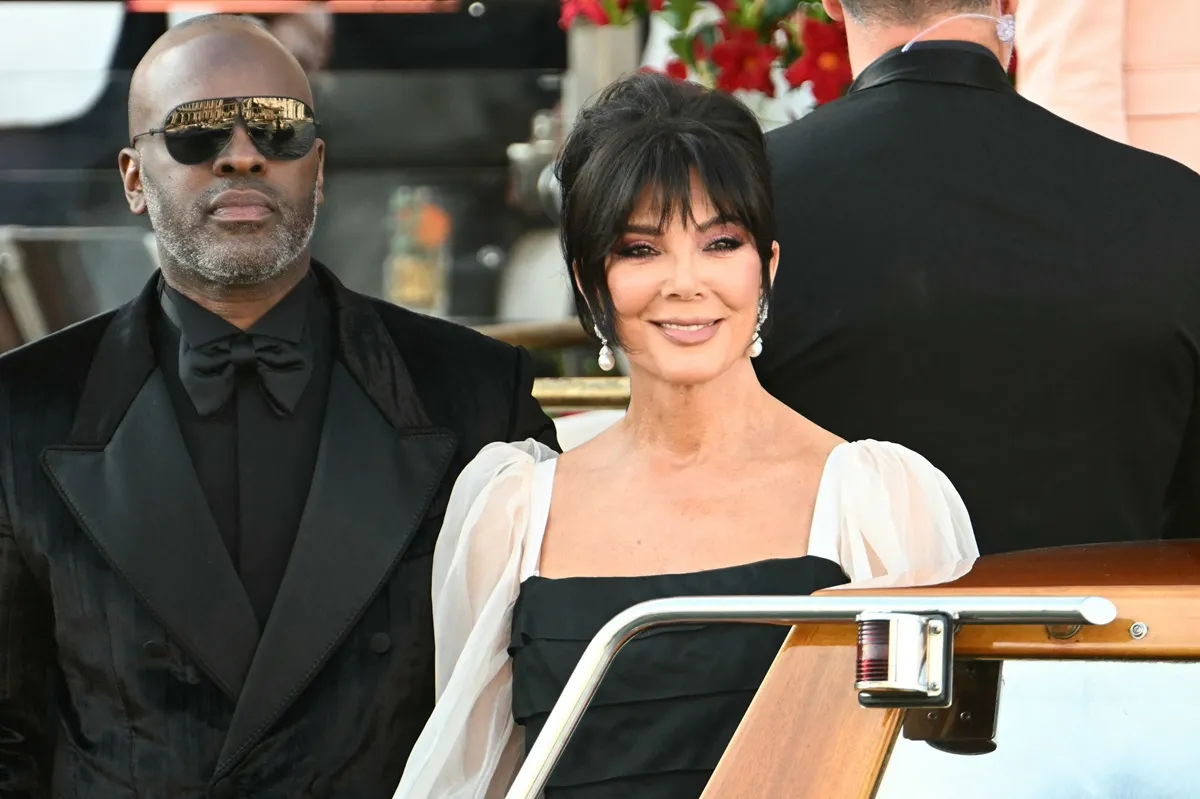‘Five Feet Apart’ Popularized the ‘Six Feet Apart’ Rule 1 Year Before COVID-19
The coronavirus (COVID-19) pandemic changed the world in ways we might not fully understand for decades to come. As people struggled to deal with the coronavirus, many turned to movies as a way to help things feel a bit more normal and under control.

While there’s no shortage of films out there, some chose to watch media that involved infectious disease as a way to cope, one of the more popular titles being 2019’s Five Feet Apart. Let’s take a look at this unexpectedly relevant hidden gem and find out how one of its main conceits would become a COVID-19 staple barely a year after it came out.
‘Five Feet Apart’ contrasts a love story with deadly disease
The movie Five Feet Apart is about the challenges of living with cystic fibrosis (CF) and how creating connections with others becomes much more difficult over distance. The story (potentially based on real events) follows Stella (Haley Lu Richardson) and Will (Cole Sprouse), two CF patients at the same hospital, as they cope with their illness and slowly get to know each other.
Through it all, the potential for one or both of them to die from CF-related infections or complications at any moment continually raises the stakes, especially when the realities of teenage love get involved.
The title of Five Feet Apart refers to what’s known as the “six-foot rule” in real life. It’s a guideline used by many hospitals to prevent CF patients from contracting illnesses, as six feet is roughly the distance bacteria and viruses travel when they leave a person’s mouth from coughing, sneezing, or speaking. In the movie itself, the characters discuss this rule, the “five feet” aspect coming when the protagonists decide to disobey the rule and step a foot closer to each other.
The film was a timely release
Five Feet Apart was released in March of 2019, almost exactly a year before the coronavirus pandemic began to devastate the United States. While the film received a mixed reception and middling attention upon release, it gained newfound love on streaming platforms during lockdown.
The one-two punch of a film focused on deadly illnesses as well as the stress and anguish of being forced apart from the people you love made it a shockingly poignant watch for those struggling with those same issues.
The dark irony of Five Feet Apart introducing us to things like social distancing and the dangers associated with respiratory disease being overlooked at the box office can’t really be overstated. Yahoo went so far as to call the movie “the most relevant rewatch of 2020” while breaking down its lessons.
In particular, one of their points focused on the difference between people being alone and feeling lonely, something most of us no doubt understand in great detail by now.
People also enjoyed other disease-focused media in 2020
While Five Feet Apart got plenty of attention because of the pandemic, it wasn’t the only movie that got a boost in viewership over the last year. The 1995 classic Outbreak, as well as the 2011 film Contagion, both about the ways governmental and private entities, go about containing and treating seemingly unstoppable viral outbreaks, were some of the most-watched things on Netflix last March.
Over in the world of video games, Hideo Kojima’s 2019 title Death Stranding also returned to relevance, chronicling the adventures of Norman Reedus’ humble deliveryman protagonist as he sets out to reunite a divided America full of fearful, isolated people struggling to survive through environmental collapse.
Media like Five Feet Apart and the other titles listed here appealed to people for a number of reasons. For some, it was simply cathartic to watch something similar to real-life play out on screen, safe in the knowledge they could turn it off if they wanted to.
For others, they enjoyed watching stories about people trying to solve these problems effectively. For many more, it was just the reassurance that, no matter how bad things might get, there was still hope in the distance.


